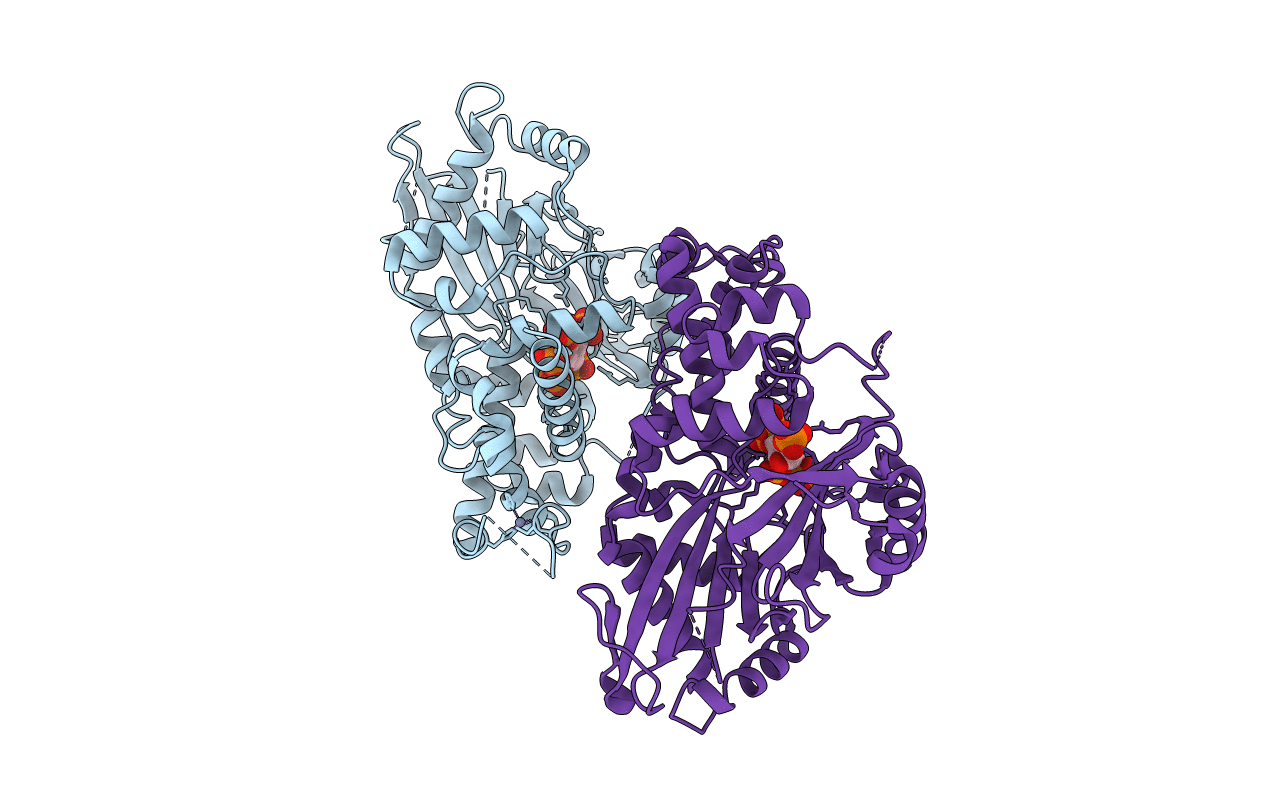
Deposition Date
2010-03-31
Release Date
2010-05-19
Last Version Date
2023-12-20
Entry Detail
PDB ID:
2XAO
Keywords:
Title:
Inositol 1,3,4,5,6-pentakisphosphate 2-kinase from A. thaliana in complex with IP5
Biological Source:
Source Organism:
Arabidopsis thaliana (Taxon ID: 3702)
Host Organism:
Method Details:
Experimental Method:
Resolution:
2.90 Å
R-Value Free:
0.29
R-Value Work:
0.22
R-Value Observed:
0.22
Space Group:
P 21 21 21


